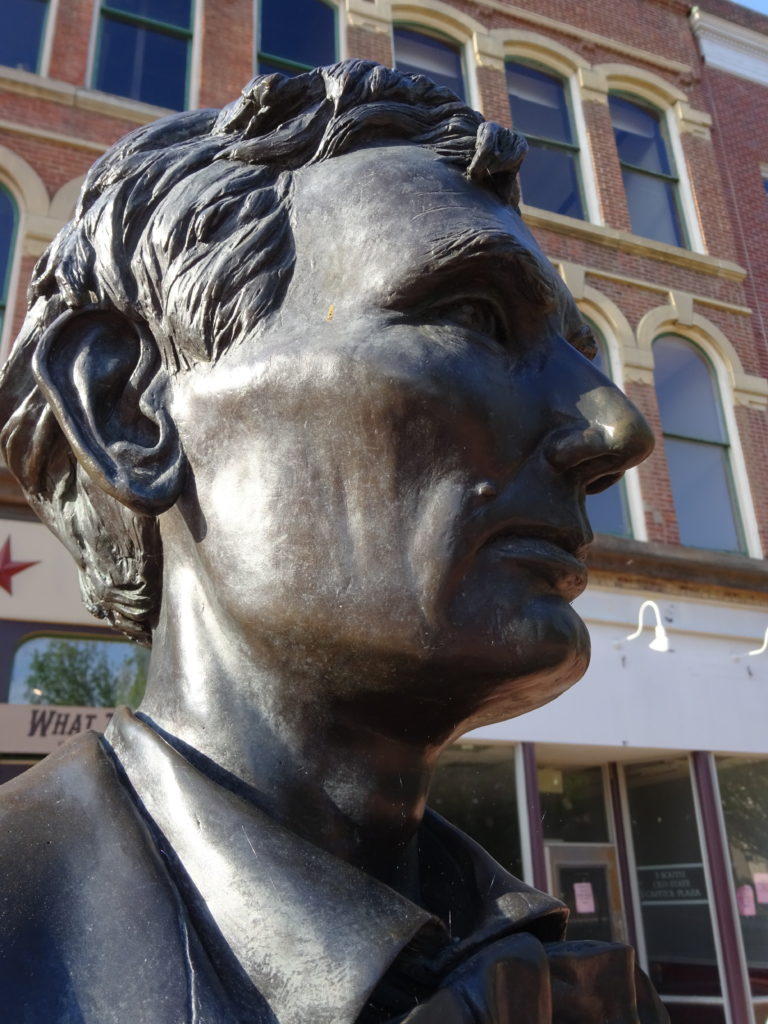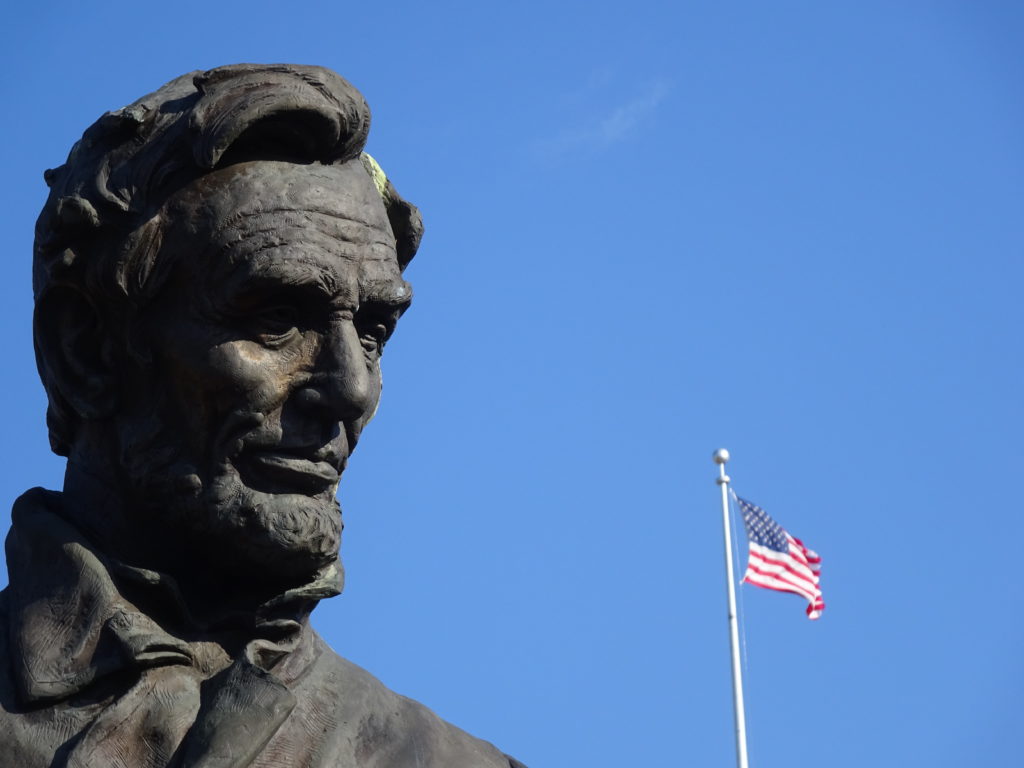
On this Memorial Day, memories of a man I never met suddenly flooded my mind this morning. Arthur H. Hardy died in Laos during the Vietnam War in 1972. I didn’t know him. But yet I remember him.
All of this began with an extraordinary tribute to Captain Hardy by Ipswich Town Historian Gordon Harris. Please take a moment to read it.
I was in my first year of high school when the plane piloted by Hardy was shot down. For many years he would be listed as a POW, then MIA, before his remains were finally found and returned to his family in 1983. In a small town like ours, everyone felt the weight of his premature demise.
Flash forward to 1992, when I moved to the Washington, D.C. area. One of my first forays into town included a sedated viewing of the imposing Vietnam Veterans Memorial in the shadow of the Lincoln Memorial. A long line edged along the narrow path, eyes scanning the wall for the names of loved ones lost. A guidebook helped locate the one veteran from my home town I knew to be listed. Like everyone else, I stared in quiet reverence at the name; it likely seemed an eternity to others, but passed in milliseconds to me.
I still have the rubbing I made that day. Half-sized papers with black borders, along with hard graphite pencils, could be placed over the etched names and the impression kept in remembrance. I have a pair in a single frame that have followed me through several relocations. Another rubbing was taken by my parents, and many years later my mother was able to give it to Arthur Hardy’s mother. Tears flow like rivers even still.
So I thank Gordon Harris for writing his tribute and bringing back such vibrant memories. It is only fitting that the photo accompanying this post is of “The Wall” by Norman Rockwell. Like in the painting, the first thing you notice is the grief of the people looking in…but delving deeper you feel the men and women who gave their last full measure of devotion still reaching into our lives today.
David J. Kent is the author of Tesla: The Wizard of Electricity and Edison: The Inventor of the Modern World (both Fall River Press). He has also written two e-books: Nikola Tesla: Renewable Energy Ahead of Its Time and Abraham Lincoln and Nikola Tesla: Connected by Fate. His next book, Lincoln: The Man Who Saved America, is scheduled for release in summer 2017.
Follow me by subscribing by email on the home page. And feel free to “Like” my Facebook author’s page and connect on LinkedIn. Share with your friends using the buttons below.
Reposted from Hot White Snow



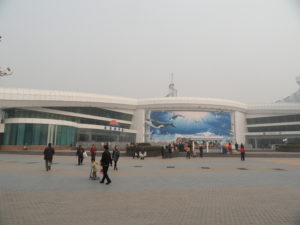
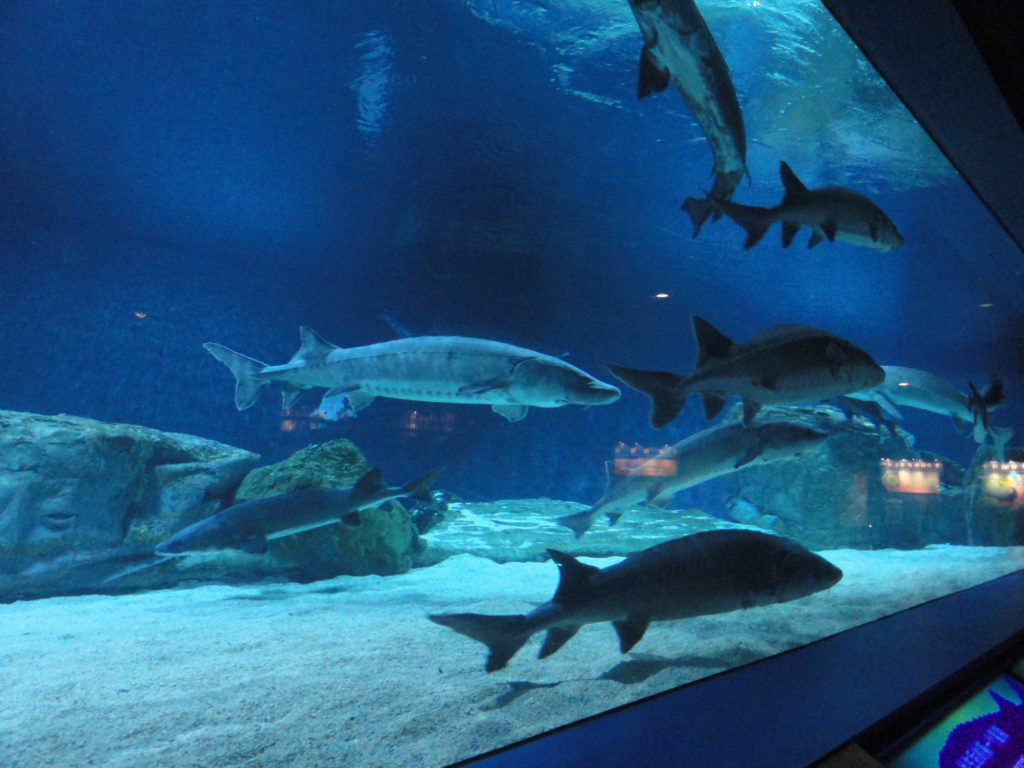


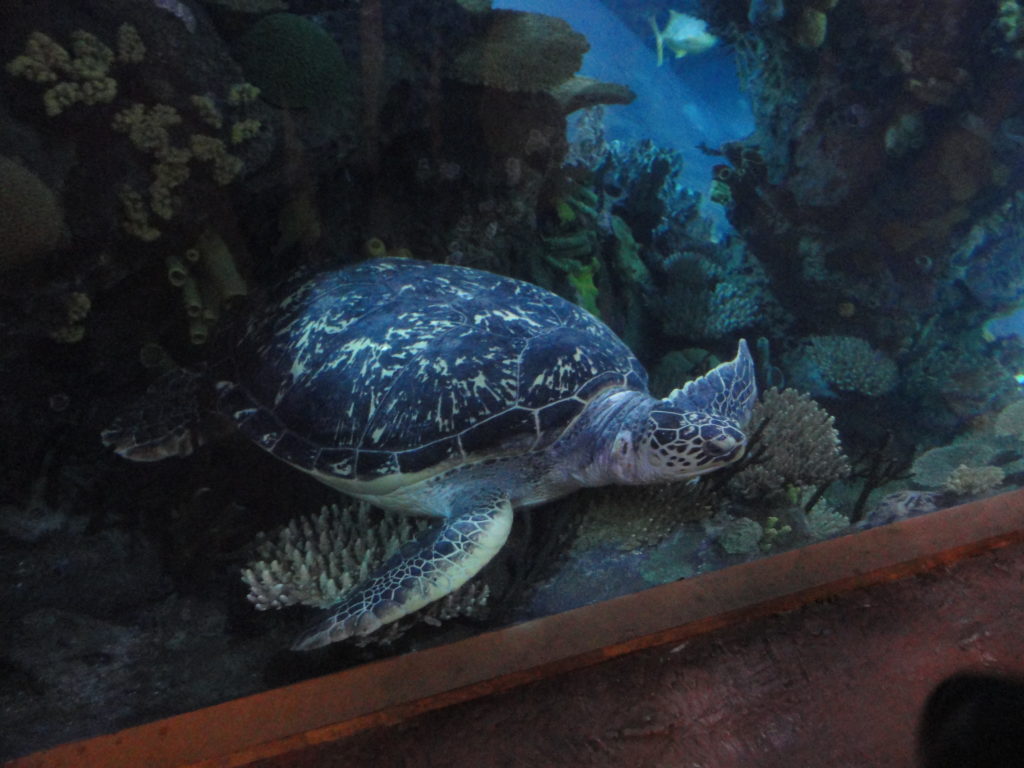

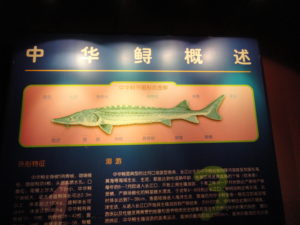

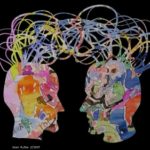
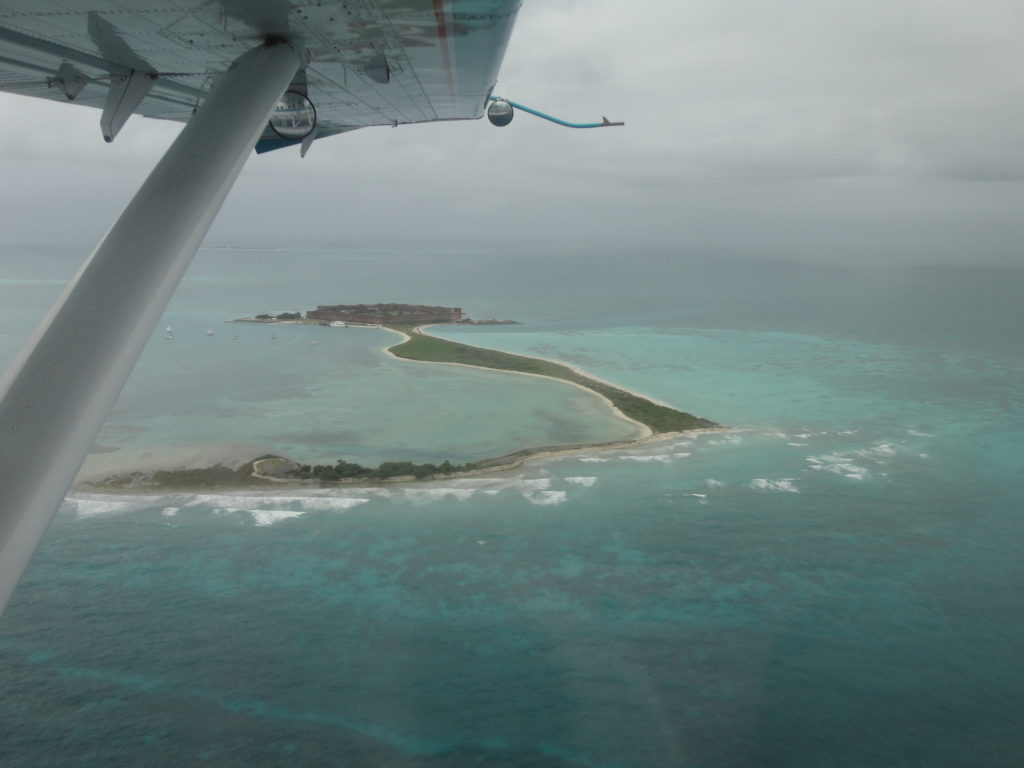

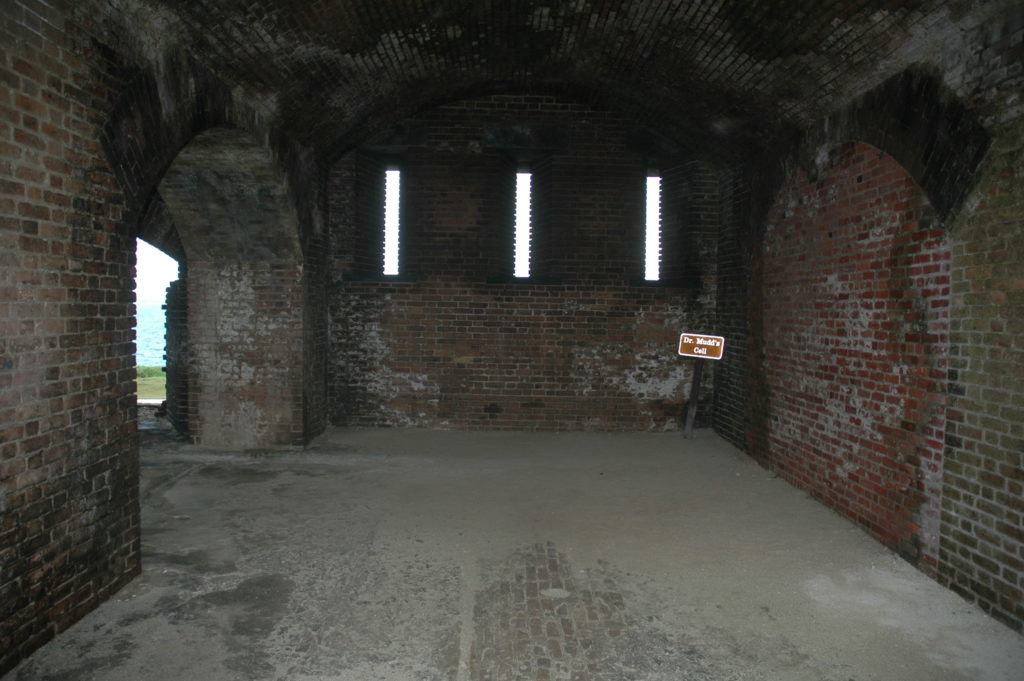
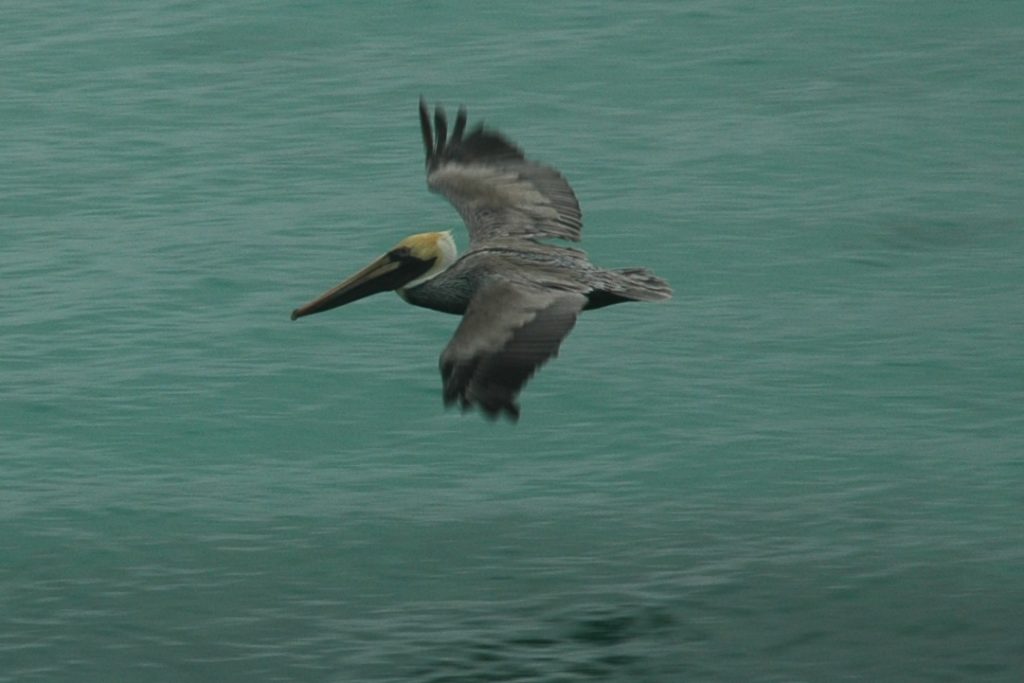
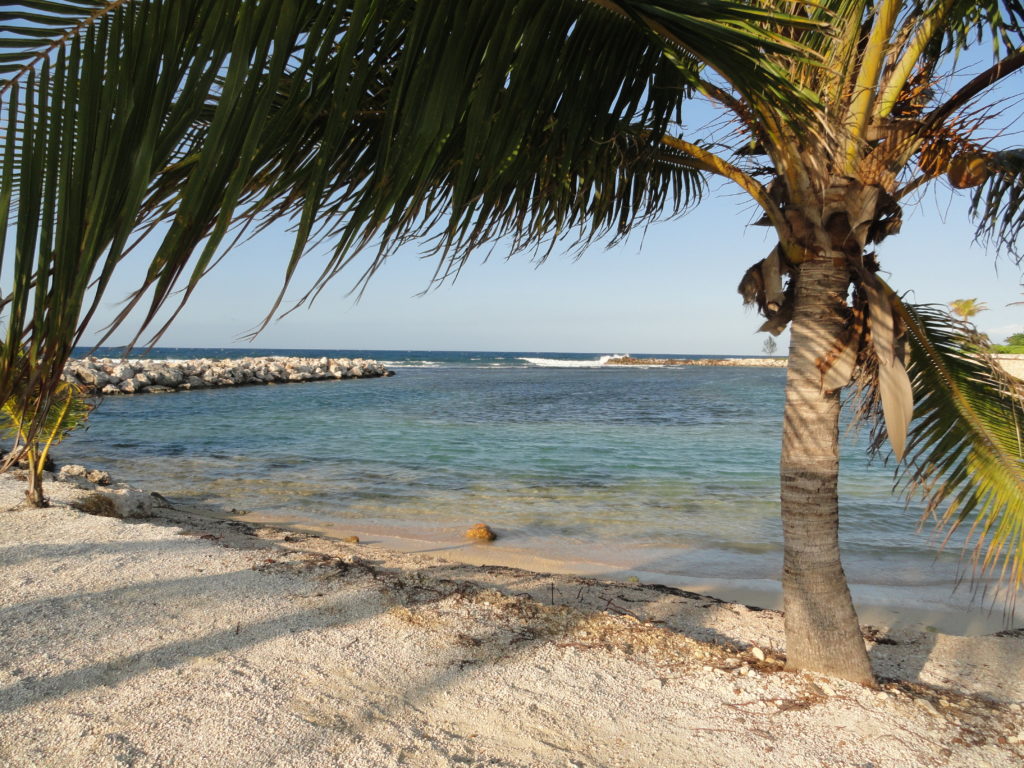

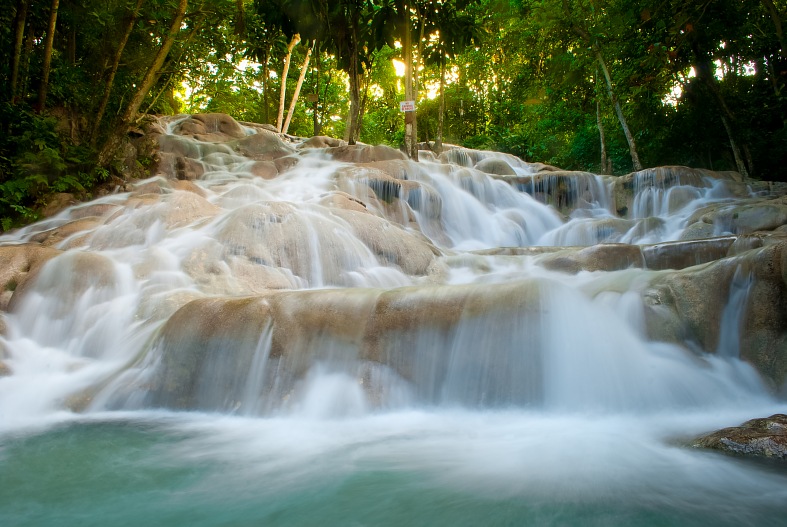
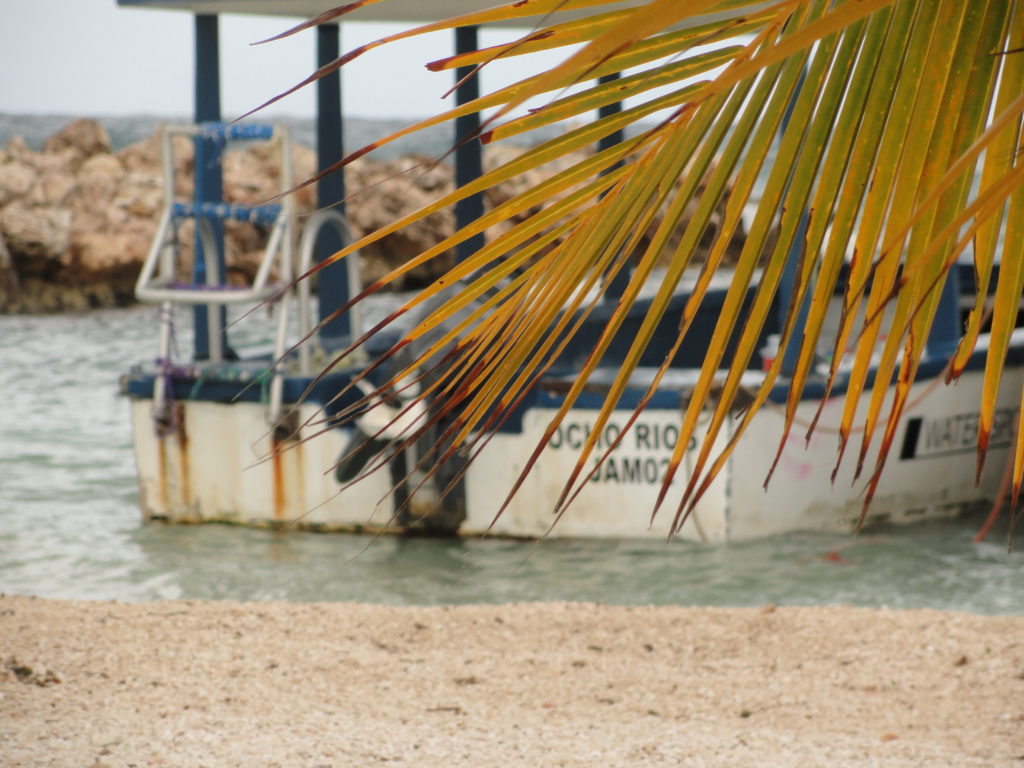
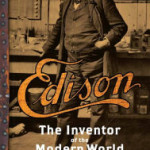 Thomas Edison is well known as one of America’s greatest inventors. But how did he get his start? My new book, https://www.barnesandnoble.com/w/edison-david-j-kent/1121320316?ean=9781435162136 (July 2016 release date), takes a look at how Edison fell into a career of invention, feuded with other inventors like Nikola Tesla and George Westinghouse, and changed the world. From the prologue:
Thomas Edison is well known as one of America’s greatest inventors. But how did he get his start? My new book, https://www.barnesandnoble.com/w/edison-david-j-kent/1121320316?ean=9781435162136 (July 2016 release date), takes a look at how Edison fell into a career of invention, feuded with other inventors like Nikola Tesla and George Westinghouse, and changed the world. From the prologue: